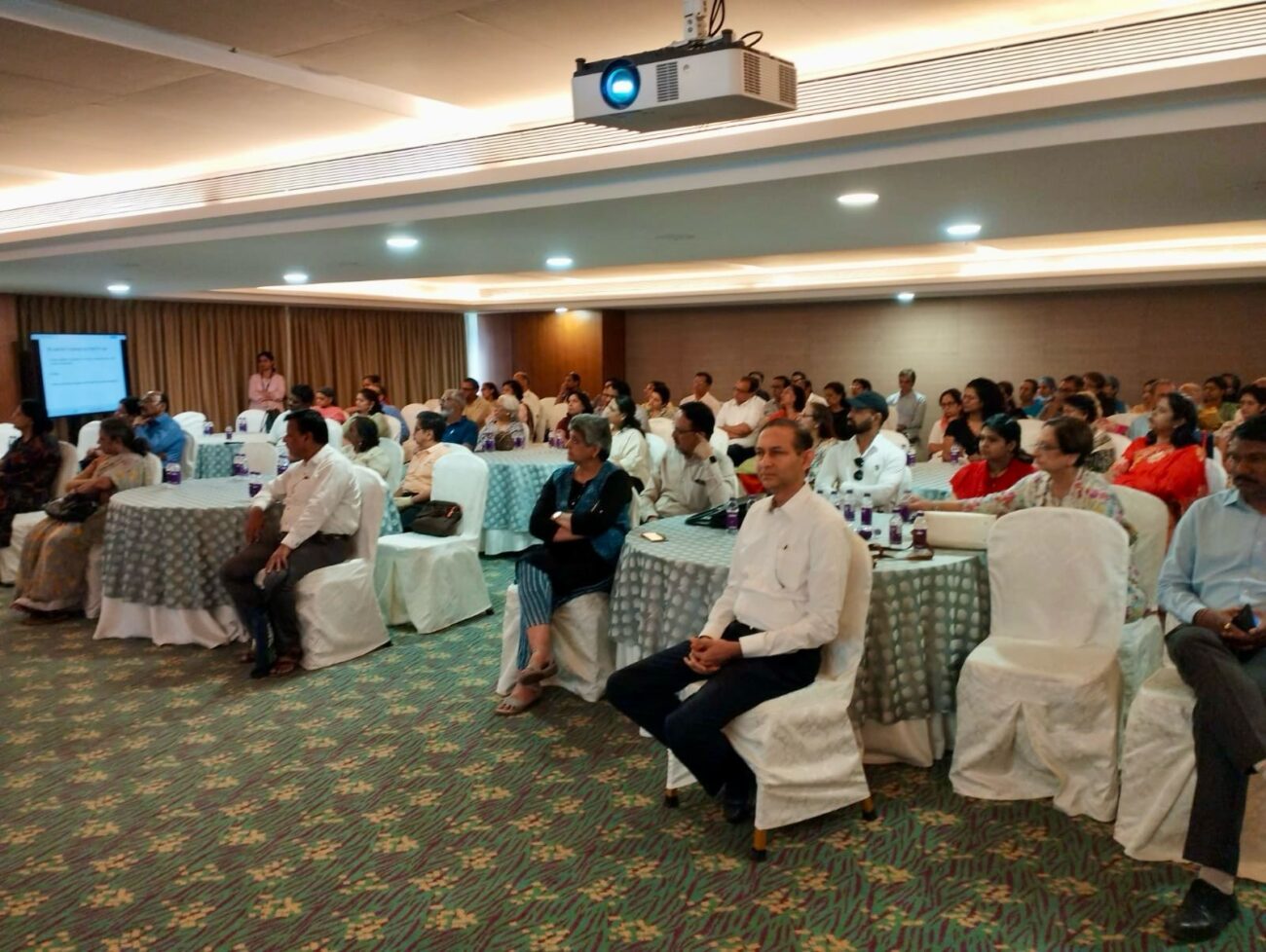Robots and Healthcare Experts are bringing revolutionary change and saving life together
Innovative technology in the healthcare field, medical providers and the patients now they can look forward to a brighter, cost effectiveness and more healthy future. Dr. Aditya Pradhan, Senior Consultant, Urology, Andrology & Renal Transplant, BLK
- Innovative technology in the healthcare field, medical providers and the patients now they can look forward to a brighter, cost effectiveness and more healthy future.
Dr. Aditya Pradhan, Senior Consultant, Urology, Andrology & Renal Transplant, BLK Super Speciality Hospital
In the healthcare industry, medical robots play a vital role in performing complex tasks that require brief attention to every detail because one wrong move may lead to death. As with many robotic medical applications, the robot merely augments the surgeon’s or technician’s skill. Fundamentally, this machine is only a computer-enhanced master–slave telemanipulator which allow the remote manipulation of the instruments in the operative field. The surgeon himself has to perform the operation. The Robot does not do the operation on its own.
In this article, we are going to talk about Medical robots in healthcare. THE term robot is a master–slave machine which has taken the speciality of surgery by storm. It has refined a surgeon’s capacity to do precise movements in confined spaces, with minimal blood loss and good surgical outcomes.
Probably the most widely known medical robot is the Da Vinci Surgical System made by Intuitive Surgical. The teleoperated robot-assisted surgical system has been used successfully on millions of patients since it was cleared by the company based in California, U.S.A. Indications for use include minimally invasive thoracoscopic, cardiac, urological, and gynecologic procedures.
The whole system has been designed to enhance a surgeon’s manipulative skills. The machine cuts out all tremors from the surgeon’s hand so that the operative movements are smooth. All the movements of the robotic instruments can mimic a human hand and go even beyond the capacity of flexibility of the wrist and fingers of a human hand. When combined with a highly magnified 3 dimensional high definition vision of the surgical field, there is a many fold enhanced capability of doing very precise surgical steps like cutting , suturing etc even in difficult to reach areas in the body like deep in the pelvis or chest.
The system consists of 3 components the PATIENT CART which has the robotic arms. These hold surgical instruments that are introduced into the patient through small ports of about 8 mm size. The surgeon operates the machine sitting at the ROBOTIC CONSOLE. By looking inside the view port he sees a highly magnified image of the operative area. At his wrist are 2 manipulators for the robotic arms which move the robotic instruments inside the patient and carries out the operation. At his foot are the additional controls for cautery and switching of movements between the 4 robotic arms. The third component is the IMAGE CART which has an Image Monitor to see the operative field, the Master Controller of the entire robot and communication/ video recording channels.
ADVANTAGES
The Da Vinci System has been designed to improve upon conventional laparoscopy, in which the surgeon operates while standing, using hand-held, long-shafted instruments, which have no wrists. With conventional laparoscopy, the surgeon must look up and away from the instruments, to a nearby 2D video monitor to see an image of the target anatomy. The surgeon must also rely on a patient-side assistant to position the camera correctly. In contrast, the Da Vinci System’s design allows the surgeon to operate from a seated position at the console, with eyes and hands positioned in line with the instruments and using controls at the console to move the instruments and camera precisely
By providing surgeons with superior visualization, enhanced dexterity, greater precision and ergonomic comfort, the Da Vinci Surgical System makes it possible for more surgeons to perform minimally invasive procedures involving complex dissection or reconstruction. For the patient, a Da Vinci procedure can offer all the potential benefits of a minimally invasive procedure, including less pain, less blood loss and less need for blood transfusions. Moreover, the Da Vinci System can enable a shorter hospital stay, a quicker recovery and faster return to normal daily activities
DISADVANTAGES
- Cost of the Device
The device itself costs upwards of INR 14 crores and then requires annual maintenance and disposable instruments. This has probably been the biggest hindrance to its widespread use but, as with other new technologies, this is likely to come down with time and greater availability.
- LOSS OF TACTILE OR HAPTIC SENSATION
The surgeon does not have a “feel “which is often an important aspect of the tissues for the surgeon to judge the nature of disease. Newer technologies are being developed to overcome this problem and may be resolved within some time.
APPLICATIONS of the Da Vinci Robot
There has been an explosive development in the scope of Robotic Surgeries in all streams of surgery. By far the frontrunner has been Urology. World over the majority of Radical Prostatectomy operations are done robotically. The other operation includes Parital Nephrectomy for Kidney Cancers, Radical Cystectomy for bladder Tumors, Robotic Pyeloplasty for narrowing of the Pelvis of the kidney etc.
The other areas where robots are commonly used are in Gynaecological malignancy like cancers of the Cervix, Ovary or Uterus.
It is often utilized also in Chest and Cardiac Surgery and Bariatric Surgery.
In all these procedures the big difference noted between Robotic surgery and Conventional open Surgery is less bleeding, less post operative pain and less hospital stay. While some of these advantages were also noted in Laparoscopic Surgery, Robotic Surgery scores far higher than Laparoscopic Surgery in all these dimensions and beyond
The operative cost of a Robotic Procedure is higher than conventional or Laparoscopic Surgery. However this is more than compensated by a shorter stay in hospital, with a quick and comfortable recovery.
BLK Super speciality Hospital will soon be launching the Centre for Robotic Surgery and offer this cutting edge technology to their patients.





